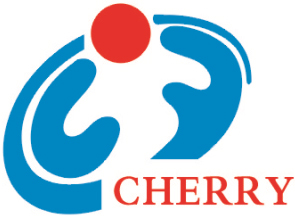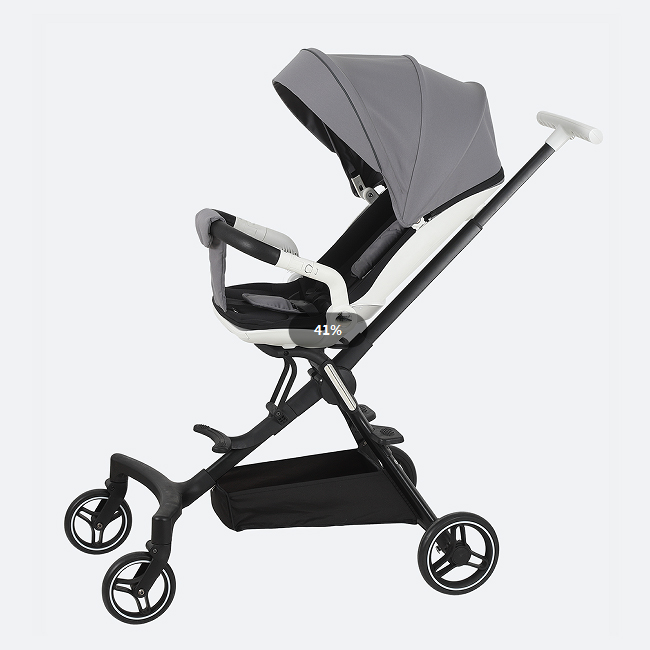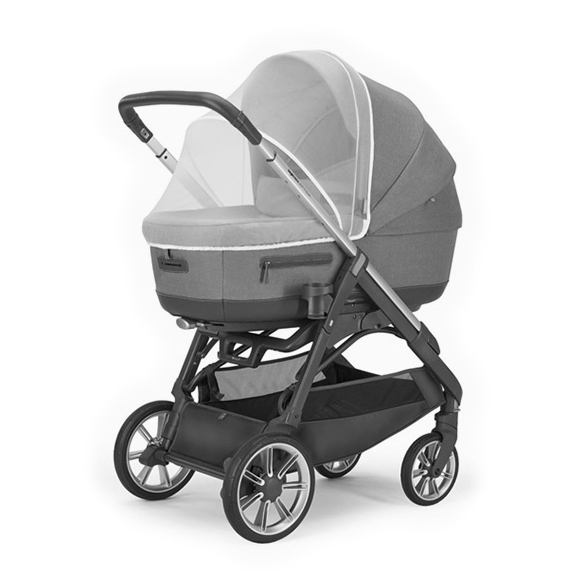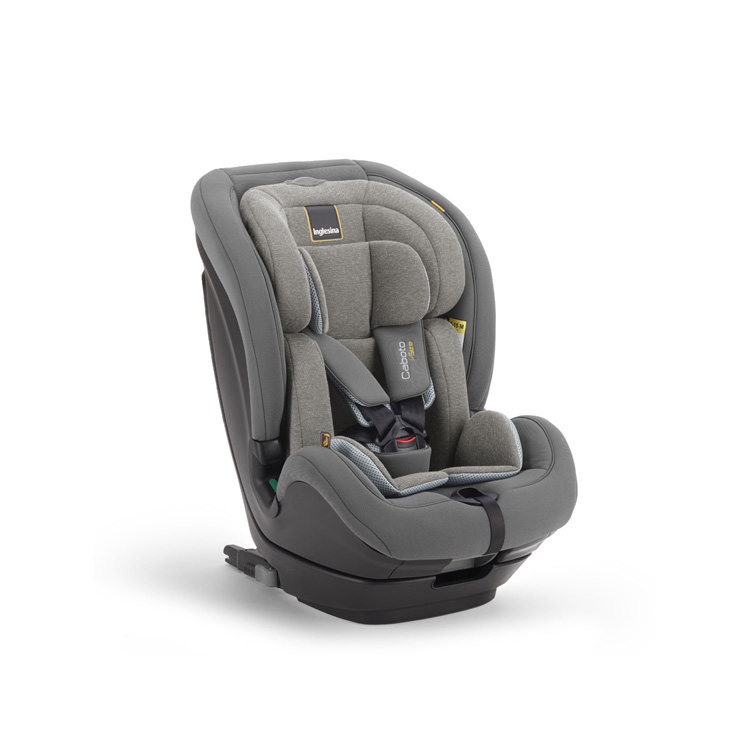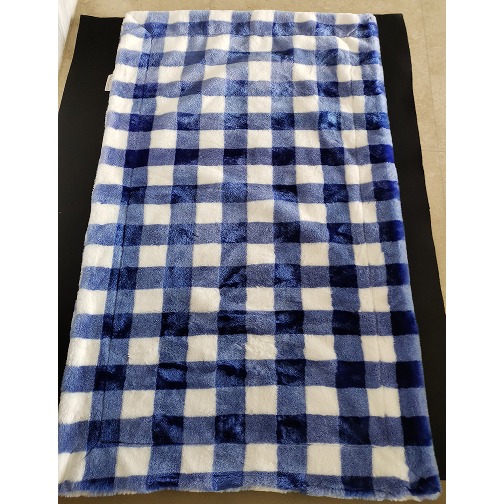CPSIA Standard: This is a standard of the Consumer Product Safety Improvement Act (CPSIA) in the United States, which specifies the safety standards for children's products, including cribs, baby mattresses, baby bottles, baby bedding, etc. CPSIA requires restrictions on the use of heavy metals and chemicals, as well as product labeling and tracking requirements.
ASTM Standards: The American Society for Testing and Materials (ASTM) has developed safety standards for a variety of baby products, such as cribs, strollers, safety seats, etc. These standards cover the physical, chemical and mechanical properties of the product to ensure its safety and quality.
CPSC Standards: The Consumer Product Safety Commission (CPSC) is responsible for developing and enforcing safety standards for children's products in the United States, including cribs, strollers, baby bottles, etc. The CPSC converts voluntary standards such as ASTM into mandatory standards by citing them, and tightens some of the provisions.
EN 71 standard: This is a European toy safety standard that applies to toy products, including baby toys. It regulates the physical and mechanical properties of toys, flammability, toxic substance limits, etc.
ISO 8124 Standard: This is the international toy safety standard that covers all toys used by babies and children, including physical, chemical, and fire safety performance requirements.
GB 31701 standard: This is China's safety technical specification for infant textiles, which is applicable to infant textiles, including baby bedding, baby clothing, etc. It stipulates the requirements for banned chemical substances, PH value, migratory heavy metals and other requirements in textiles.
OEKO-TEX Standard: This is an international, independent testing and certification system covering many aspects of textiles, including baby clothing, bedding and more. It focuses on the use of chemicals and skin safety .
Specific to crib kits, the following specific requirements need to be met when exporting to the United States:
Labeling requirements: The product must be labeled with the label specified by the CPSC, including the name and address of the manufacturer, importer, distributor, product model, specification, production date and other information. The label must also contain warnings and instructions for use to ensure the safe use of the product.
Testing Requirements: Products must be tested by a CPSC-accredited third-party laboratory to ensure compliance with U.S. federal regulations and standards. Products that pass the test will receive a certificate issued by the CPSC.
Warnings and instructions for use: The product must have clear warnings and instructions for use, the warnings must be eye-catching, use eye-catching colors such as red or orange, and the instructions for use must be detailed and contain all the necessary information.
These standards and requirements ensure the safety and quality of the baby bedding kit and comply with the legal and regulatory requirements of the destination country.
